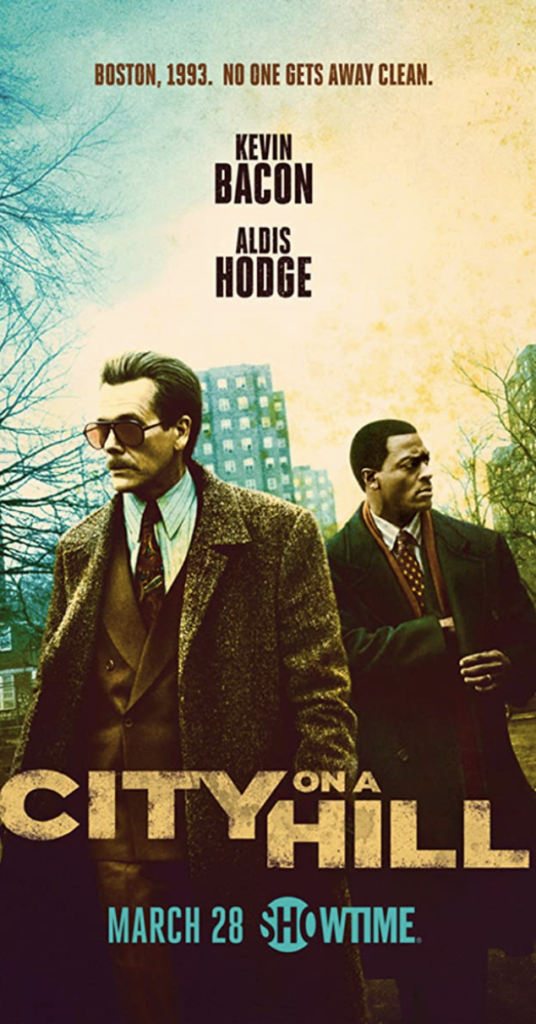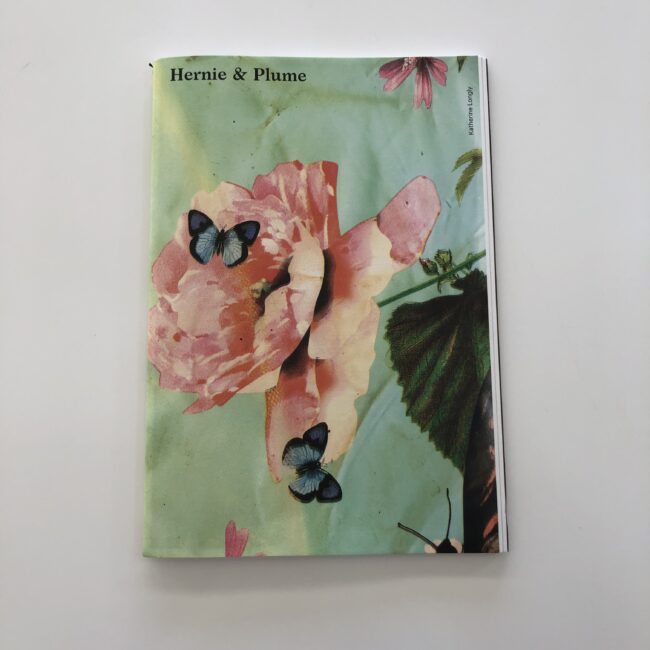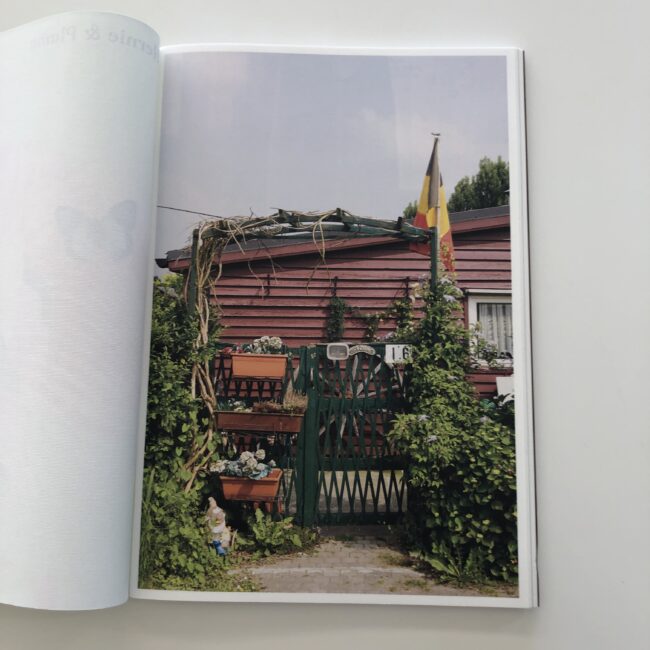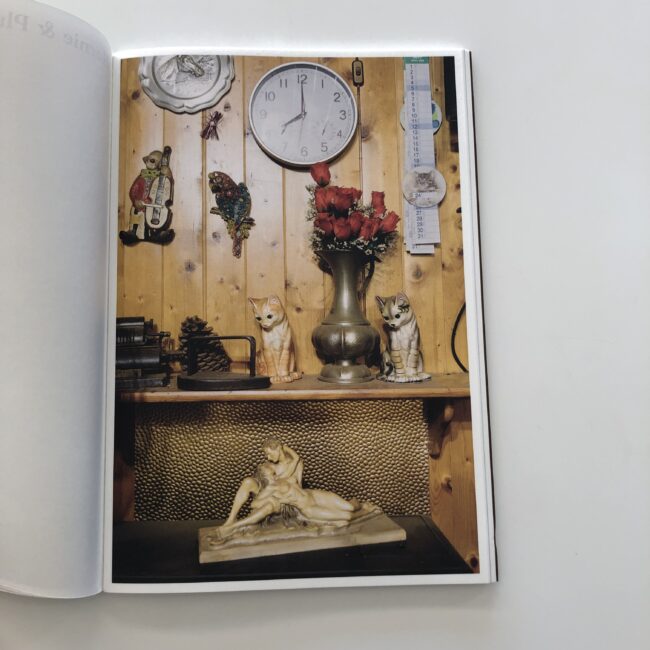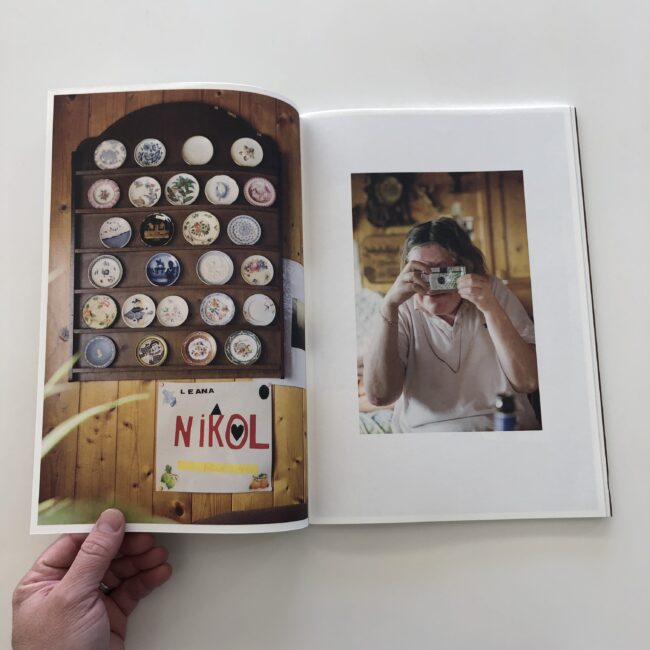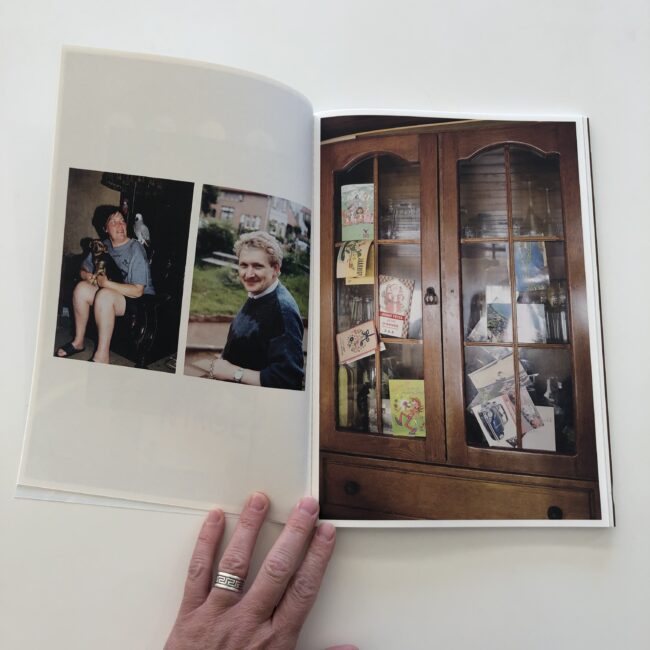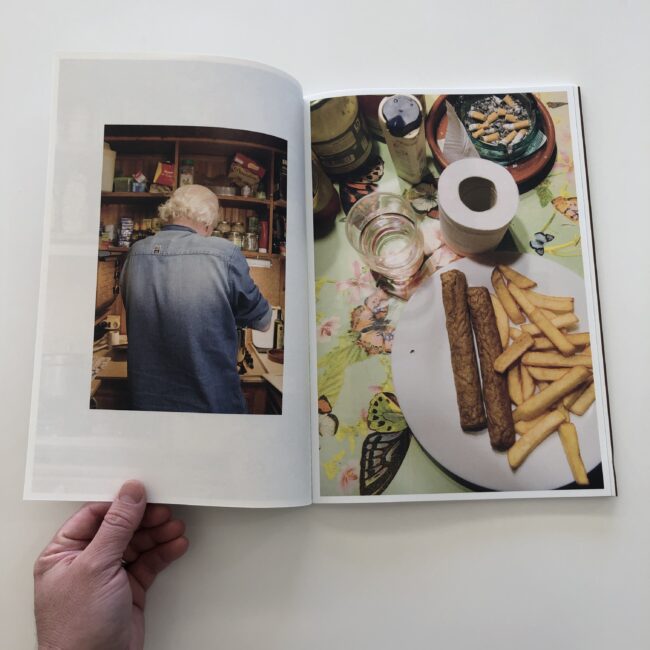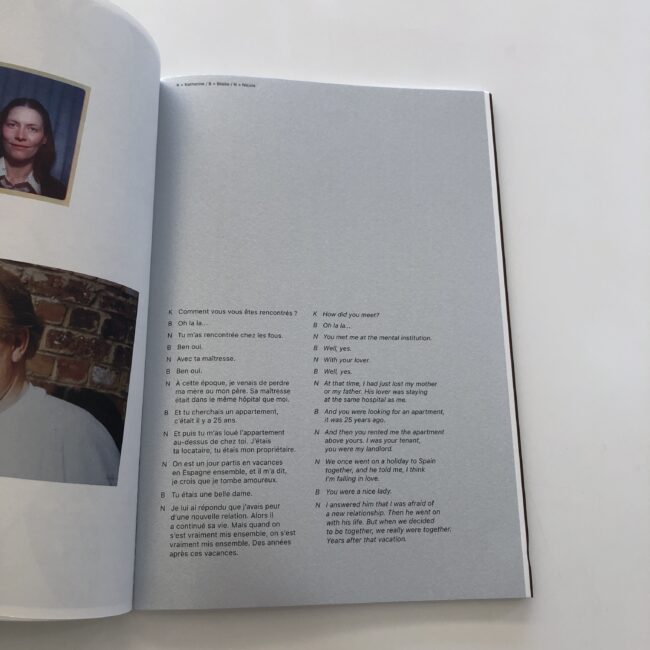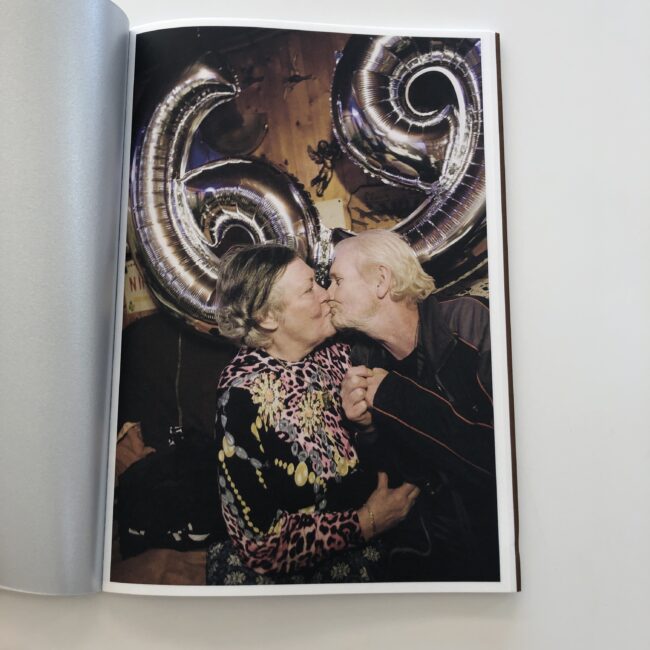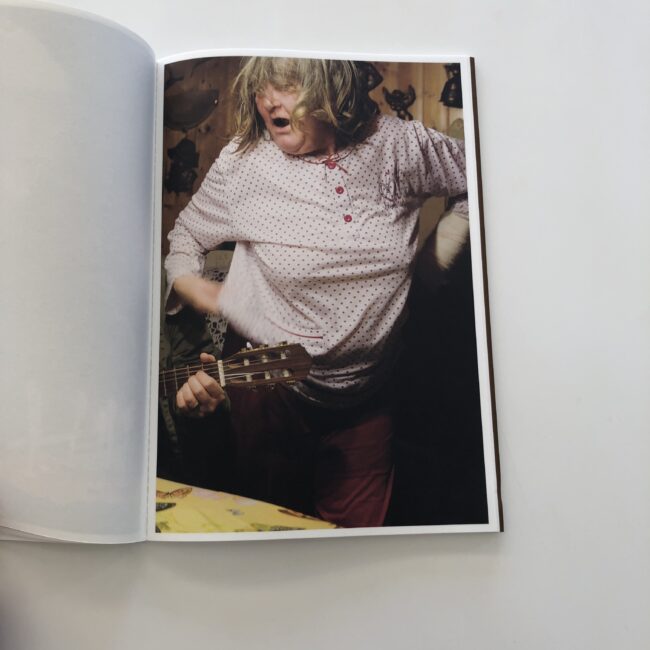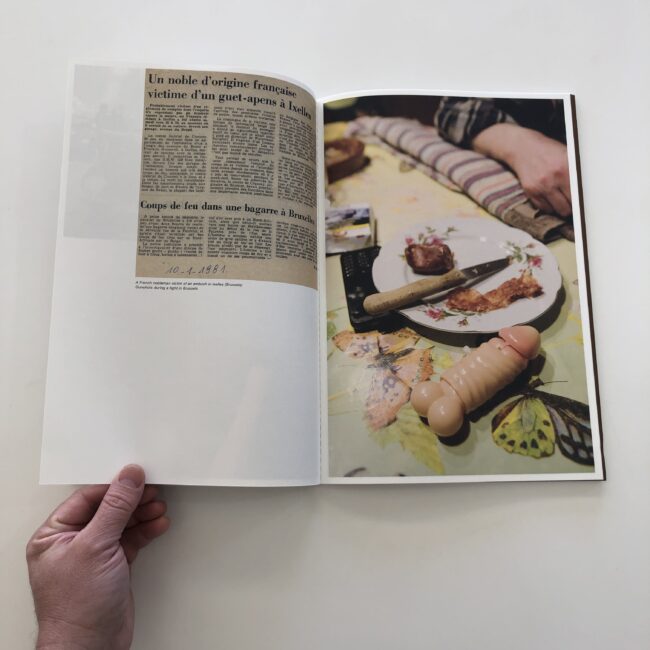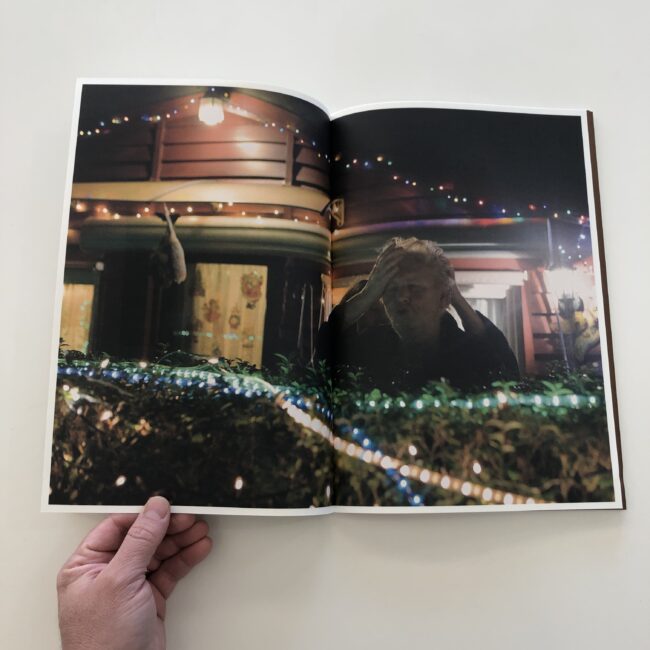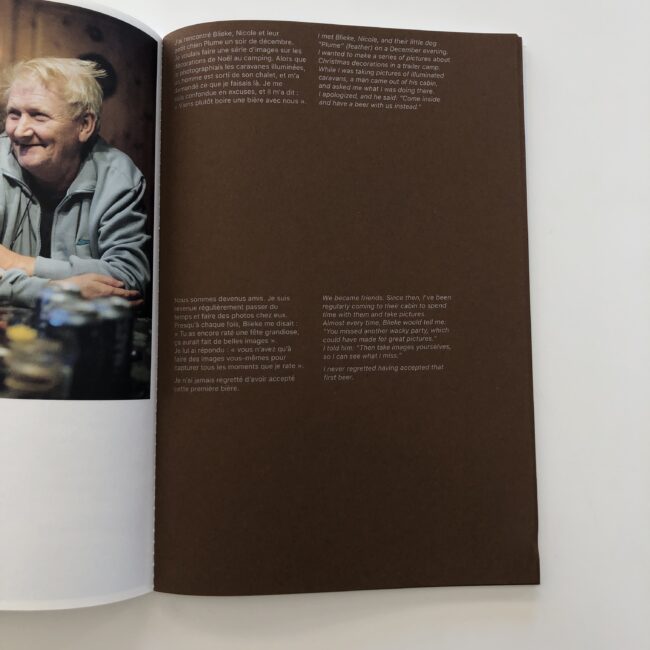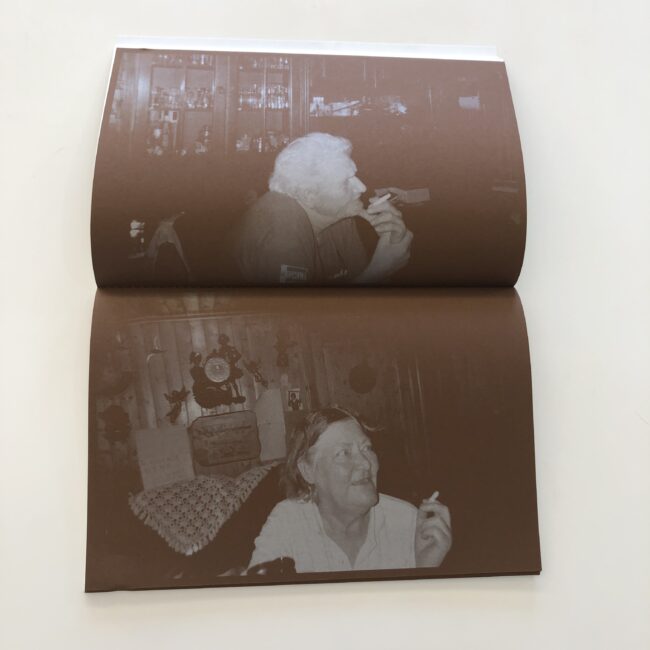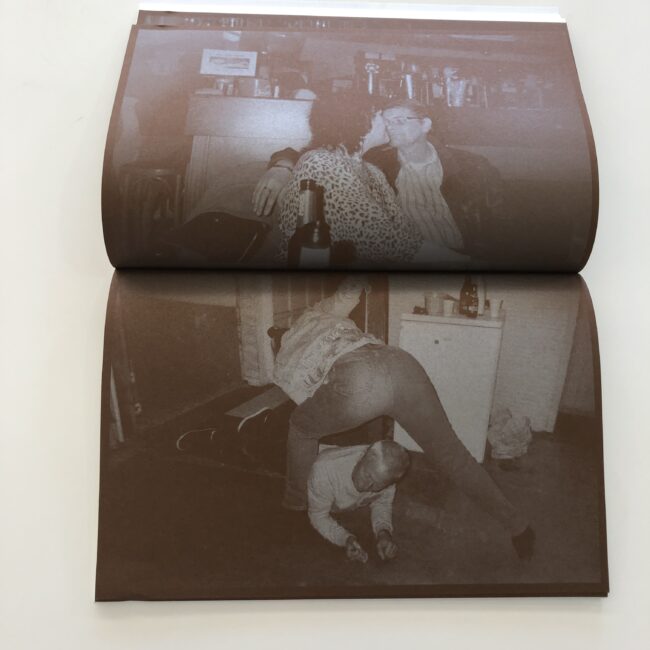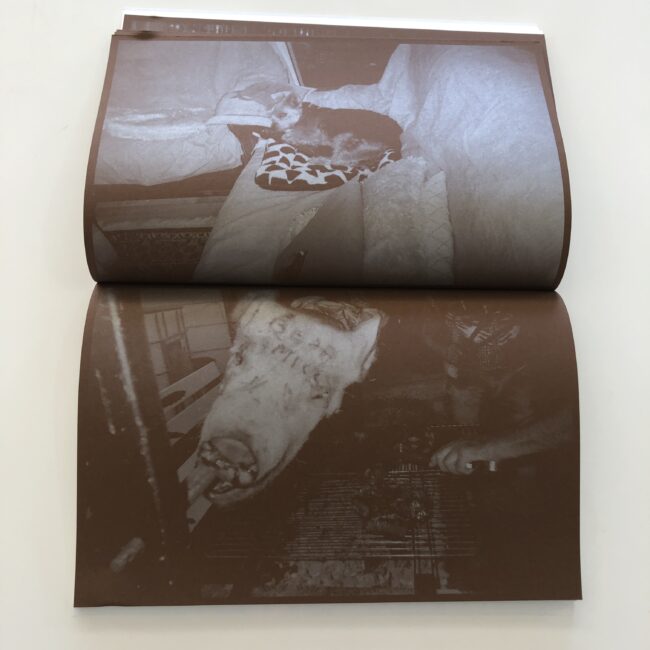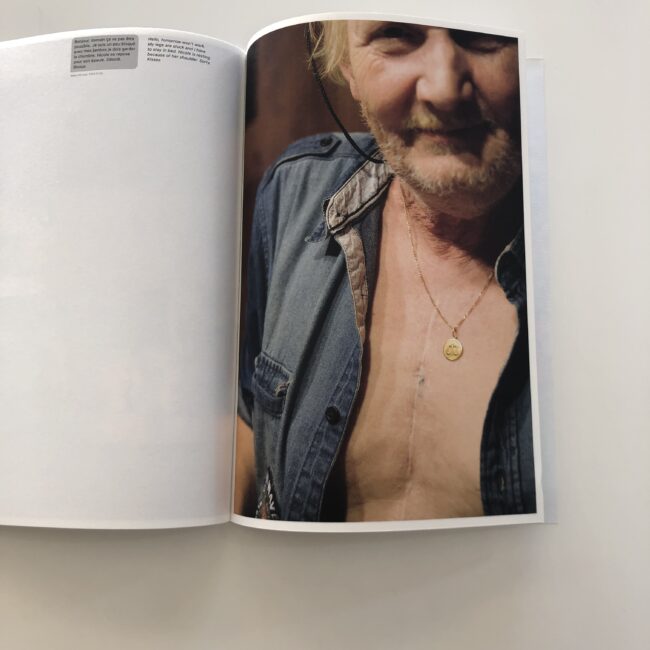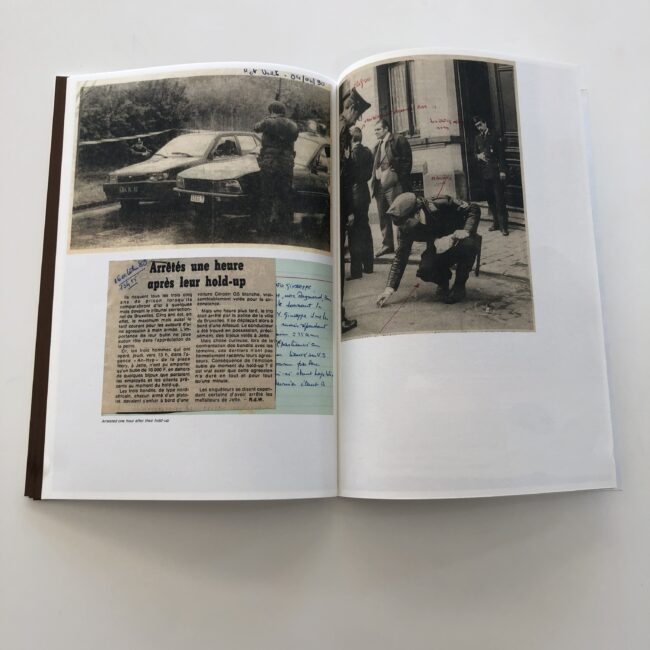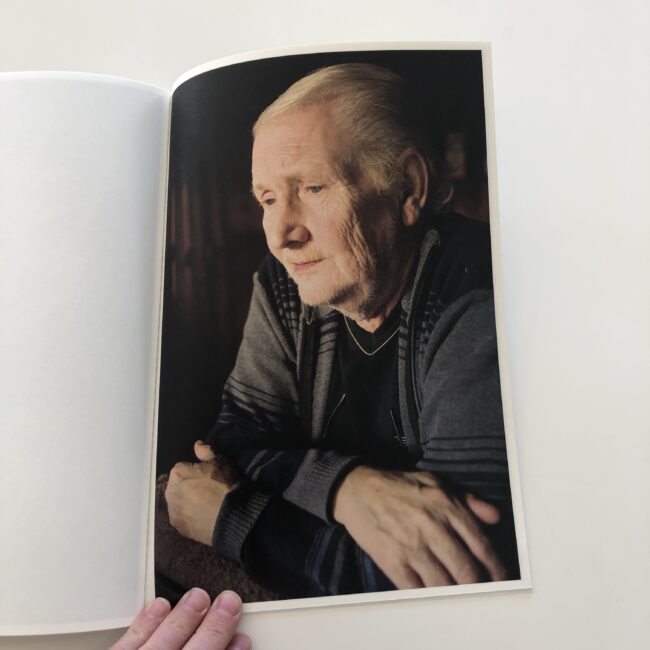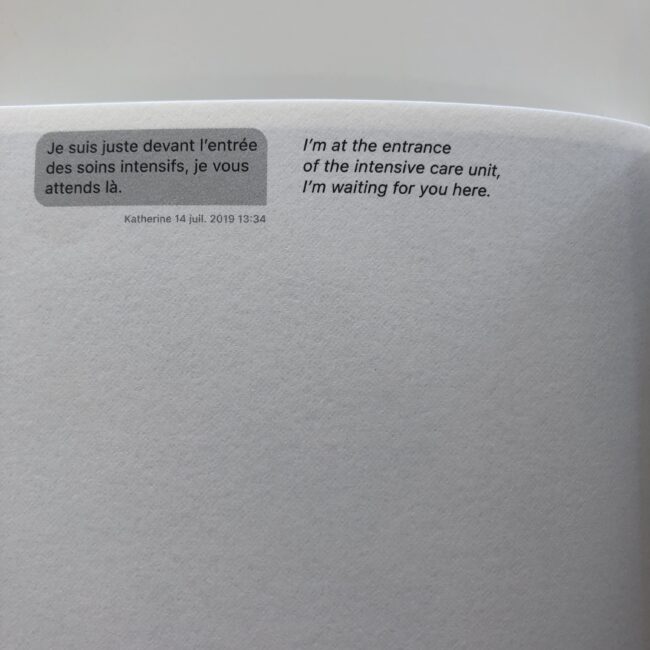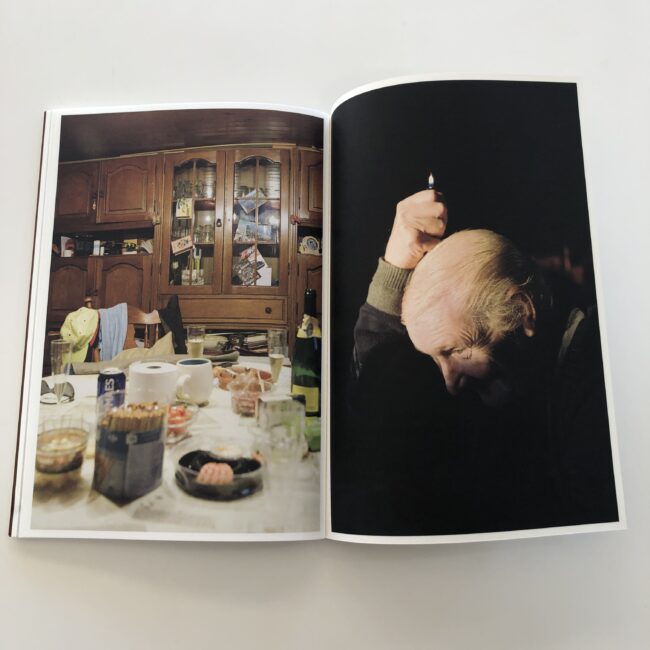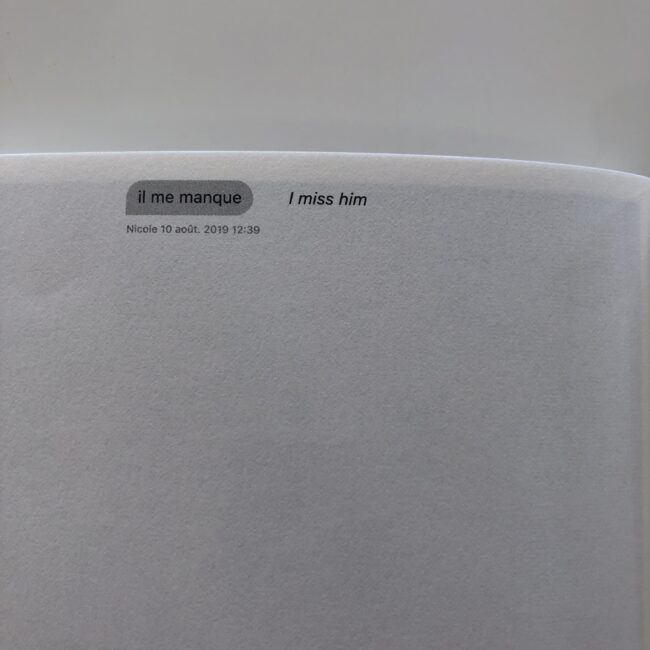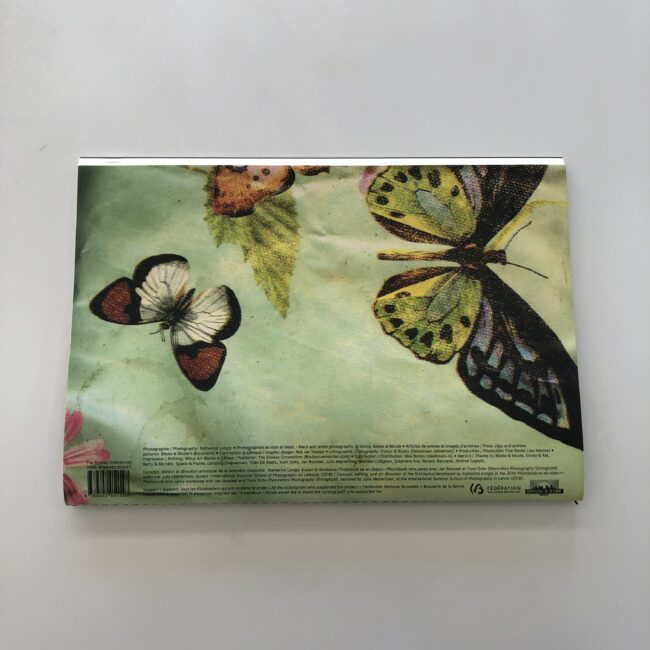
It’s my birthday today.
(Meaning, Thursday.)
The last few years, I planned to have the day off, but that wasn’t possible in #2021.
(C’est la vie.)
Thankfully, I love writing this column, and appreciate you all so much.
If you’re reading this, whether it’s your first time at the blog, or you’ve been here for years, thanks for giving us your attention!
It’s an attention-based-economy, these days, which is why you-know-who was so capable of taking over America.
He is a black hole for our collective attention, and current and future Trumpers are lining up to copy his moves, which he learned from Roy Cohn. (Loved this fact-bomb in “City on a Hill,” an Affleck/Damon-produced, Boston-based, Showtime show that I just saw on Prime.)
In an attention-economy, the more we’re aware of how media’s structure and content change our brains, the better we’re able to regulate our own use.
To modulate our consumption, when possible.
How much of our own attention can we give to things, voluntarily, instead of subconsciously? Unlike that phase we just left, in which one human sucked up all the air for 5 years.
Now that the news cycle has finally, blissfully moved on, we can focus more brain space back to our own art projects, or family and friends. We can look at more art, rather than hate-watching our Twitter feeds.
In a pre-pandemic world, some of the best parts of life included getting into other people’s spaces, and faces.
Meeting strangers in odd circumstances.
Hell, we just passed the one year anniversary of my trip to Amsterdam.
I remember sharing a small table with a guy from Munster, Germany, and another from India, in tight quarters, smoking weed in the Jolly Joker.
A year on, that seems unimaginable.
Chatting with strangers, three feet apart, unmasked.
Right?
I was there to print “Extinction Party” at Wilco Art Books, in Amersfoort, which was a short train ride away from Amsterdam, where I was staying.
Here’s a photo of me and Marco Nap, at Wilco.
Don’t we seem naively unaware of what was coming, in just a few weeks?
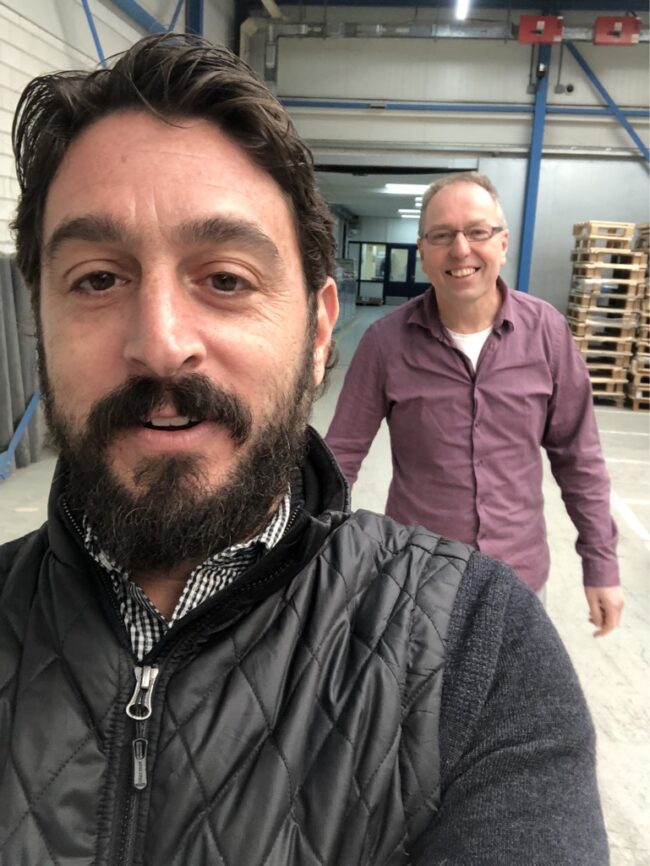
The world was about to flip upside down, like “Stranger Things,” and we were just grinning like a couple of groomsmen.
On my trip, I made friends while I was there, but didn’t stay in touch.
Meeting strangers, but the keeping them in your lives.
That’s more difficult, right?
I’m asking, because I just finished looking at “Hernie & Plume,” the superb photo book by Katherine Longly, an artist in Belgium, published by the Eriskay Connection.
And it was printed, you guessed it, at Wilco Art Books in Amersfoort, Netherlands.
(So there’s the double shout out.)
Apparently, the artist was trying too photograph Christmas images at what we in the US would call a trailer park, and there is called a trailer camp.
She met Blieke and Nicole, (who were a long-term-couple,) when they popped out of a trailer and asked what she was doing.
Then they invited her in for a beer.
They had matching twist-tie-engagement-rings, may or may not have been married, and seemed to have become romantic partners later in life.
There is a strong narrative here, and it’s why I’m always preaching that people give their books a beginning, a middle, and an end.
Tell a story, like it’s a movie, but with slightly different tools.
Grab the reader’s attention, reel in their curiosity, and then unspool the story in a way that doesn’t leave room to get bored, or check out.
Remember the other week, when I wrote a review about a book that was all-one-format, all the way through, with nothing to break it up?
This book is the opposite of that.
It’s so thoughtfully crafted.
From the colorful-canvas-cover, to the different photo styles and paper choices. (Shiny silver for some interview text.)
I reviewed Katherine’s previous book in the column, and then again for .tiff Magazine, from FOMU in Antwerp.
So I’m a fan; already on record as being impressed by her multi-technique-style, and subject-participation structure.
(Furthermore, I’ve also recommended to several students that they put the camera in their subjects’ hands.)
Seeing it done here, in which Blieke, who was a super-cop, at one point, and Nicole, who drove a tram, get to make photos of their crazy parties, and then the orientation changes to horizontal, and those photos are printed on burgundy-brown paper?
So cool.
The book keeps you engaged, and the sharp, artful images of house backgrounds, cooking ingredients, or the dildo on the kitchen table, it all holds you.
Their love story.
The friendship with Katherine.
The text messages.
In the end, (spoiler alert,) we learn that Blieke is sick; we see the scar on his chest, and learn of heart issues. Then there is a text about being in intensive care at the hospital, and the book implies he’s died.
The end.
It’s sad.
There is a lot of information on the back cover, about this being the product of a workshop by Jan Rosseel and Yumi Goto, at the International Summer School of Photography in Latvia, in 2018.
“Hernie & Plume” came from a time when people could congregate and collaborate, IRL.
The book is intimate and emotional, but also technical and creative, like an attacking midfielder in the Belgian national football team. (Eden Hazard?)
It’s well-thought-out, (and before I forget, Hernie & Plume, spoiler alert, are the parrot and the dog.)
I hope soon enough, we can live like this again, and people can hang out together, free from a scary pandemic.
See you next week.
To purchase “Hernie & Plume,” click here
If you’d like to submit a book for potential review, please contact me directly at jonathanblaustein@gmail.com. We are particularly interested in books by women, and artists of color, so we may maintain a balanced program.
